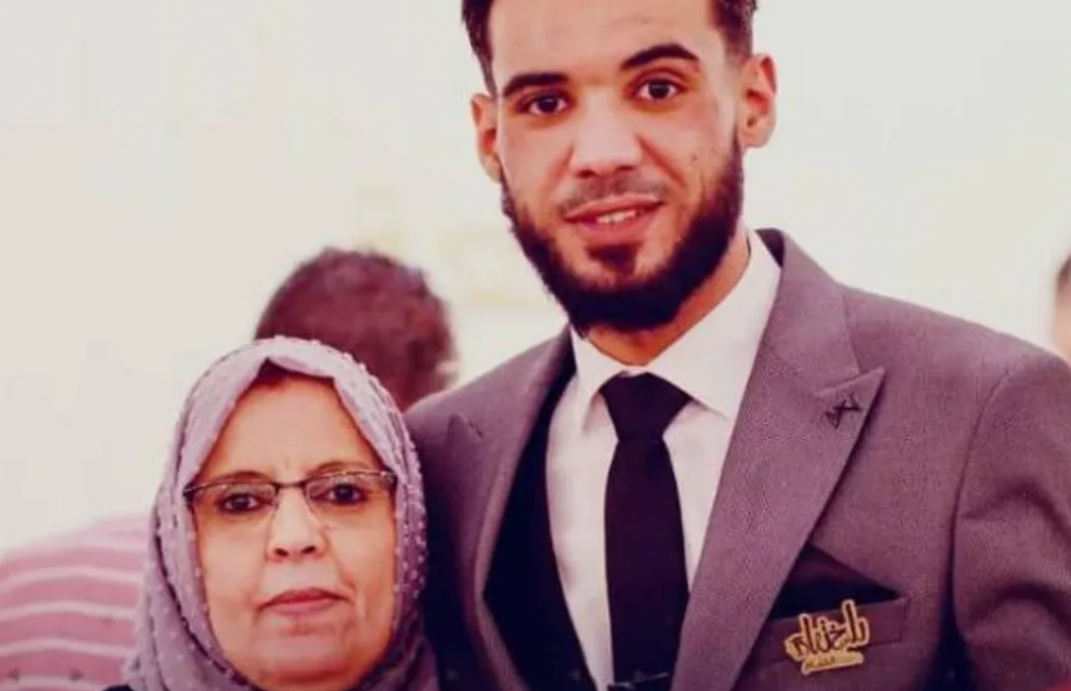The horrific flood that wiped out the Libyan coastal city of Derna a year ago is still fresh in the thoughts of many who were there. The unimaginable devastation brought forth by Storm Daniel on the evening of September 10, 2023, claimed the lives of hundreds and changed the course of countless more. In this piece, we will explore the aftermath of the catastrophe, the ongoing efforts to recover, and the difficulties that the people of Derna are encountering as they try to put their lives back together.
Located on the Wadi Derna river delta, the city of Derna was devastated by the unexpectedly strong rainfall and the negligence of its infrastructure during the Night of the Catastrophe. In the early hours of September 11, the city’s antiquated dams—that had long needed repair—finally gave way, unleashing a tremendous downpour that hit with terrible power. As it swept through the city, an estimated 24 million tonnes of water destroyed everything in its wake.
The young Derna resident Abdul Aziz Aldali lost both sets of parents and nephews in the devastating flood. As water quickly flooded his home, he had little time to flee, and tragedy struck. “A massive wave swept through the house,” he recollects. Two stories were submerged in water in the blink of an eye. It felt like you were being flung about in the dark. As the water subsided, he clung on to a neighboring network tower for his life; the city lay in ruins, and its inhabitants were left to face unfathomable tragedy.
The Cost of the Disaster: Unimaginable Devastation
Derna is a city of about 90,000 inhabitants, and according to the UN Office for the Coordination of Humanitarian Affairs (OCHA), more than 5,900 people died and more than 2,380 are missing. But locals think the number of casualties is much greater, with some estimating that over 10,000 people may have perished. Not only did the flood kill countless people, but it also left many survivors dealing with the emotional fallout of losing loved ones.

With rival governments in Libya, Derna’s reconstruction has become more difficult
Worse yet for many locals is the fact that they have no idea what happened to loved ones who went missing. Because of the extensive relocation that the storm produced, efforts to identify the dead have been complex. Collecting DNA samples from human remains has been an enormous undertaking for the General Authority for Search and Identification of Missing Persons (GASIMP), who are doing their utmost to find matches with surviving family members. Body parts have been found buried behind crumbling structures or 60 kilometers (37 miles) out to sea, among other difficulties encountered during the operation.
A Community on the Brink: The Fight for Recognition and Resolution
The victims’ graves are at a dedicated cemetery on the outskirts of Derna, although many of them are unmarked because the bodies were so difficult to identify. The purpose of assigning numerical codes to each burial site is to facilitate the eventual use of DNA testing to connect the dots between the codes and the names of the departed. The difficulties of identification are highlighted by GASIMP director Dr. Kamal Sewi, who notes that this is especially true in cases where DNA samples from immediate family members are not available.
Building Resilience: A Community’s Eye on the Future
The road to recovery is long and winding for Derna’s inhabitants, but the strength of their community is an inspiration. Despite the tremendous challenges, many have voiced their resolve to reconstruct their lives. The promise of financial aid and a revitalized feeling of community have prompted some displaced families to start making the journey back.
In an effort to get the city back to normal, local leaders are pushing forward with rehabilitation work. As Derna begins to pull itself together after the tragedy, the city’s leaders are determined to restore the lives of those whose homes and livelihoods were destroyed in the flood. Although the road ahead is certainly not easy, the resilience and perseverance shown by the people of Derna are an inspiration.
Final Thoughts: Derna’s Future
The devastating flood in Derna left indelible marks on the terrain and the people who lived through it, even after all this time has passed. Identifying the missing, overcoming political hurdles, and supporting survivors will all demand ongoing work and collaboration as the city rebuilds. In spite of everything that has happened to Derna, she has managed to bounce back and keeps believing in a better future. The city is slowly being restored thanks to the resilience of the community and their perseverance. It’s a powerful reminder that we can overcome any tragedy.



















